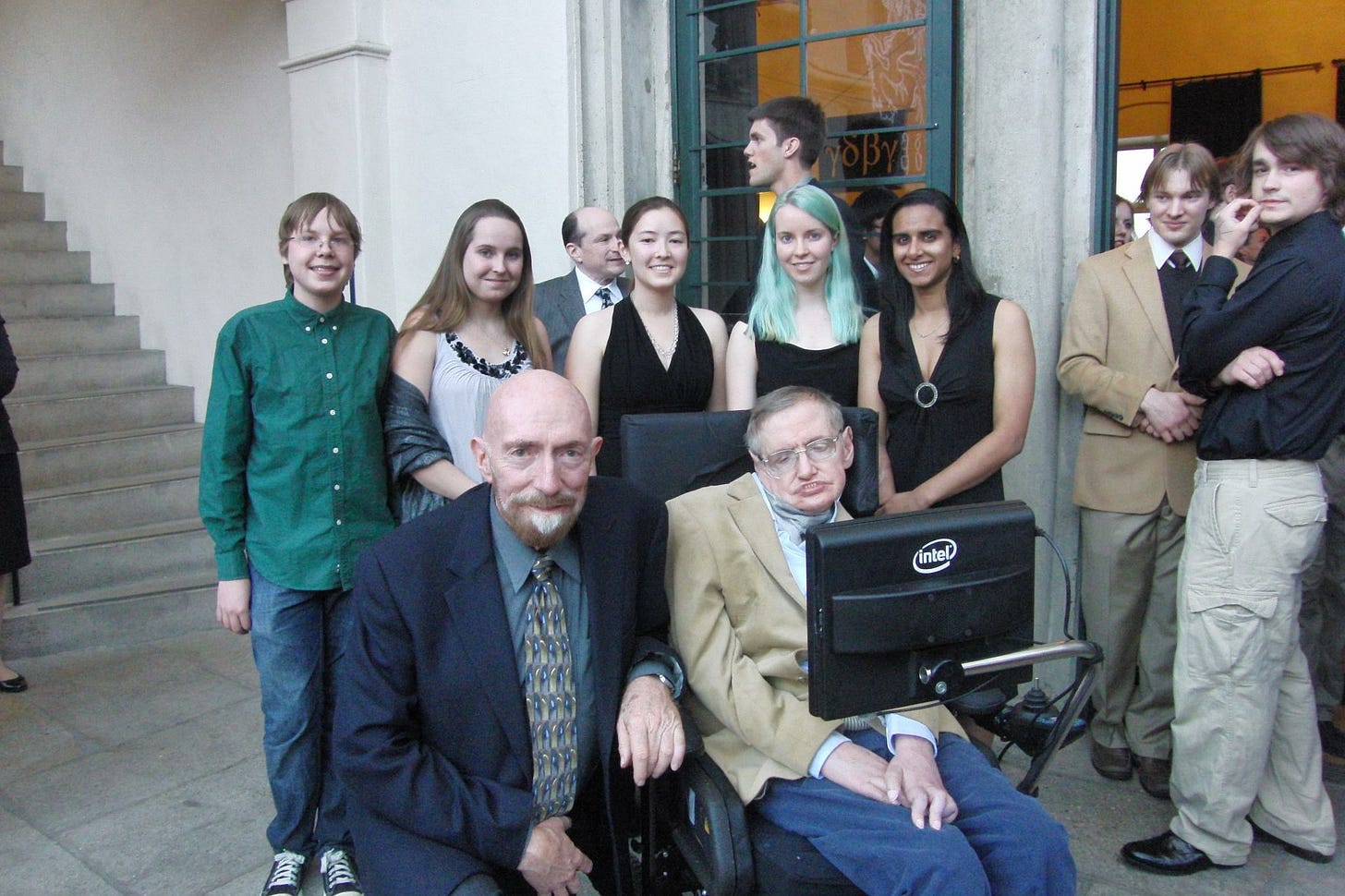A blog post I originally wrote in 2019 for the MIT Grad Blog, slightly edited. I found myself referring someone to this and chuckling 🤭 , so thought I’d re-share.
Introduction
If you’ve ever spent much time at MIT, you may have noticed that the undergrads are a bit… crazy. Don’t worry, I’m your local neighborhood undergrad-whisperer, and I’m here to help. As a former Graduate Resident Advisor (GRA) for 3E at the dorm called East Campus, and before that a crazy-undergrad myself at Caltech, I have a pretty good understanding of why they’re acting this way. Let me explain.
Lifting heavy things
MIT undergrads have an obsession with finding large, heavy objects on craigslist or the Stata loading dock and moving them/lifting them/having them. Apparently this practice is mysterious to many people.
Allow me to explain. For a young engineer, the purest, most primal desire you can have is for a thing that’s just Really Heavy. Really Heavy objects are special because ordinary people find them difficult to manipulate. This means that moving something Really Heavy demonstrates engineering ability and (if Really Really Heavy) pizzaz. The heaviest of Really Heavy things require multiple people to coordinate. Everyone needs to be knowledgeable about winches and ropes and knots, turning what would otherwise be an inconvenient activity into part bonding exercise part team sport. This same primal engineering urge resulted in Stonehenge, the pyramids, and a 1000-lb concrete pillar sitting on the third floor of East Campus (below), a dorm that does not have an elevator.

Aside from street cred, Really Heavy things have many uses. Consider: when you move a 1000-lb concrete pillar to the third floor, you now have a huge cache of potential energy, and that is just intuitively a good thing to have. Additionally, if you ever need a counterweight, now you have one. Finally, Really Really Heavy things are pretty much always big enough for you to sit on.
Dropping things from high places
In a similar vein, this is also why the undergrads really like taking-things-to-high-places-and-dropping-them, like liquid-nitrogen-frozen pumpkins, and pianos. Both practices are related in that they’re both ways to achieve ownership of mechanics, the most basic, most intuitive type of physics. Lifting and dropping are very fundamental, very accessible operations that are interesting to people who want to manipulate the world around them. Of the two, dropping has more flashy entertainment value. Besides, there’s nothing like re-running controls to convince yourself that gravity is a real thing.
Note that as the undergrads take more physics classes, they tend to develop a more sophisticated palate. For instance, by the time they’re juniors and seniors, they tend to start liking solenoids.
Why do the undergrads like to go “hacking”
Hacking is a term that can mean many things at MIT, but in its broadest sense, it always involves visiting locations that are off-limits, or at least not intended for the public. Many times, it’s not because these places are interesting; mostly they’re service hallways that don’t go anywhere useful, or other locations that just aren’t super interesting. Why do the undergrads like to go there?
Consider: When you watch a movie, and someone says “whatever you do, don’t touch the red button!”, you know that by the end of the movie, someone will have touched the red button. Marking locations as ‘inaccessible’ or ‘service’ is thus the perfect way to make sure everyone is aware they should be visited.
On top of the obvious reverse-psychology, consider that MIT undergrads arrive on campus full of energy and the desire to have ownership of their new territory. If there are five ways to get from Building 66 ground floor to Building 10, uh, “top floor”, then it behooves you to find and traverse every single one of them, for completeness.
Dying their hair
You have probably seen an MIT undergrads with rainbow/crazy/ever-changing hair. What possesses these students to constantly make bad hair decisions?
I myself comprehensively explored hair-color-space during undergrad, including a infamous green-hair photo with Stephen Hawking. It’s still a favorite souvenir from those colorful college years.
Think about it this way. The single thing you can do to manipulate your body that has the highest reaction/effort ratio is to dye your nice normal hair a startling shade of neon green. It’s pure millennial energy at work: a bold color with an immediate wow factor. Why wait to stand out when you can do it in a single rinse? And a bold hair color is the perfect way to finish off the shoeless-pajamas look, and the undergrads are nothing if not stylish.
You can also check out a number of other blog posts I wrote for the MIT Grad Blog here. The website has migrated and the pictures on the original post are now broken, but hopefully the text is still funny.
The 1000-lb concrete pillar referenced above has likely been removed as part of renovating East Campus. 😢 RIP
Other updates
A brief plug: The Align Foundation has a number of open roles, including for a Data Engineer and a funded postdoctoral position. Please check these out and pass these opportunities along to anyone who might be a good fit!




That was a great explanation!
Especially the hair, but you had me at "heavy things"